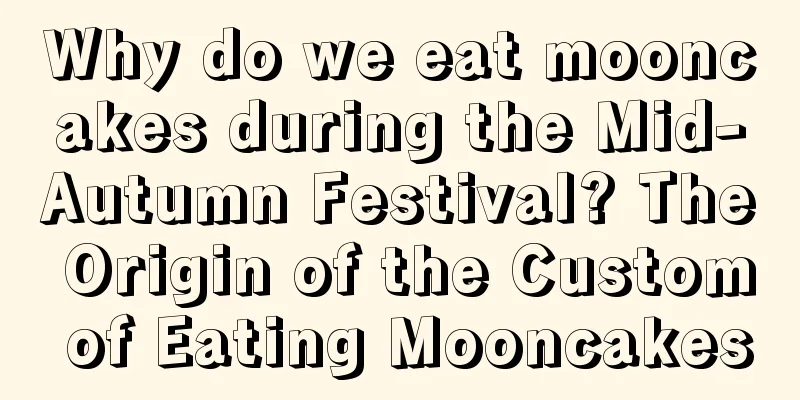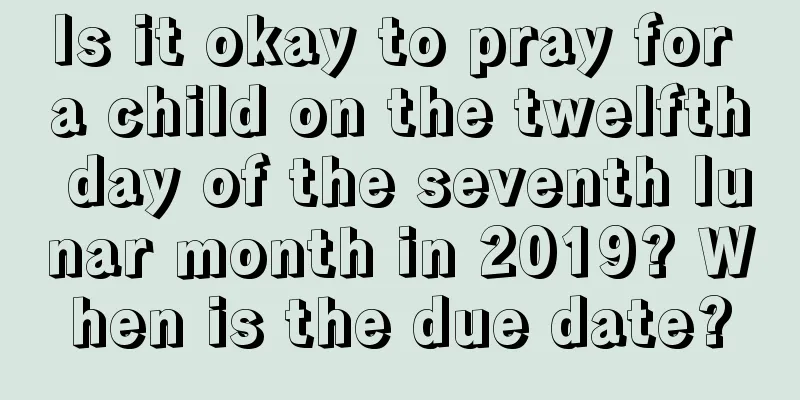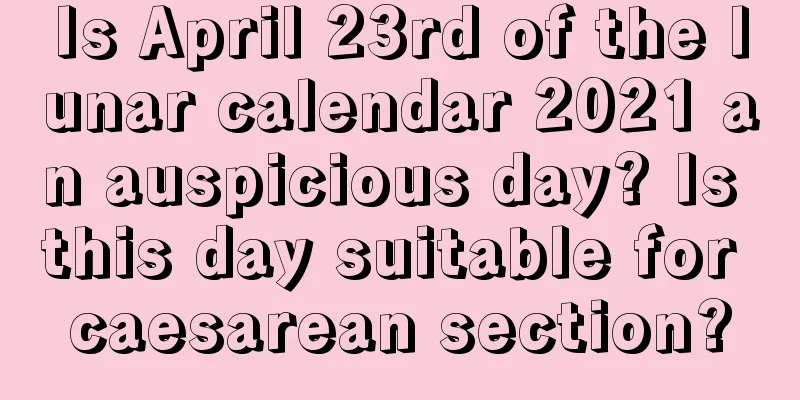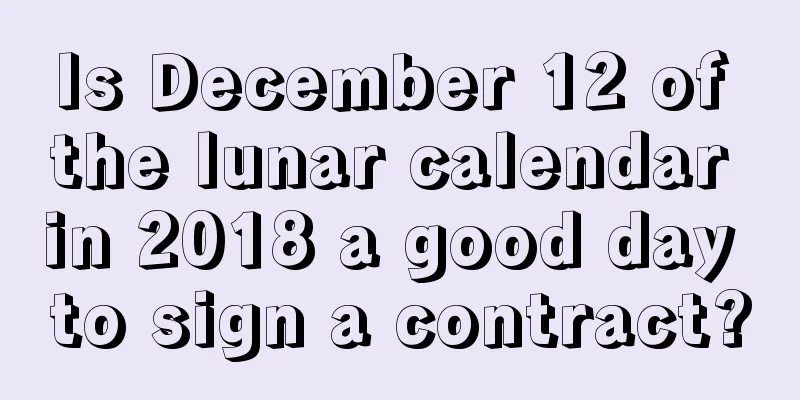Why do we eat mooncakes during the Mid-Autumn Festival? The Origin of the Custom of Eating Mooncakes

Mooncakes, also known as Hu cakes, palace cakes, small cakes, Yuetuan, reunion cakes, etc., are offerings to the moon god during the Mid-Autumn Festival in ancient times. These offerings have been passed down and the custom of eating mooncakes during the Mid-Autumn Festival has been formed. The arrival of the eighth month of the lunar calendar also means that the summer heat has dissipated and autumn has truly arrived. So what should we pay attention to in the eighth month of the lunar calendar in 2018? Come to Mr. Shui Mo to learn more about related content.Why do we eat mooncakes during the Mid-Autumn Festival?Mooncakes usually refer to the cakes that people eat during the specific festival of Mid-Autumn Festival, which are usually round in shape.1. Tang Dynasty: According to historical records, the first time mooncakes were associated with the Mid-Autumn Moon was on August 15th when General Li Jing returned victorious from his expedition against the Huns. Emperor Gaozu of Tang took the Hubing presented by a merchant from Turpan, pointed to the bright moon with a smile and said: "The Hubing should be offered to the toad." According to the "Luo Zhong Jianwen" records, on the Mid-Autumn Festival, Emperor Xizong of the Tang Dynasty ordered the imperial kitchen to reward the new scholars with cakes wrapped in red silk. But it was not called mooncake at that time. 2. Song Dynasty: Mooncakes were called "Palace Cakes" and were popular in the palace, but also spread to the people. They were commonly known as "small cakes" and "moon cakes" at the time. Later it evolved into a circle, symbolizing reunion and happiness. The word mooncake was first seen in Meng Lianglu by Wu Zimu in the Southern Song Dynasty. At that time, mooncakes were diamond-shaped, and existed at the same time as chrysanthemum cakes, plum blossom cakes, etc., and they were "available in all seasons, and could be ordered at any time without delaying customers." It can be seen that mooncakes at this time are not only eaten during the Mid-Autumn Festival. As for the origin of the term mooncake, there is no way to verify it. However, Su Dongpo, a famous writer in the Northern Song Dynasty, left a poem that said, "The small cakes are like chewing the moon, with crispy and sweet fillings inside." Perhaps this is the origin of the name mooncake and the basis for how it is made. 3. Yuan Dynasty: The people in the Central Plains were unwilling to endure the cruel rule of the Mongols and rose up in rebellion against the Yuan Dynasty. Zhu Yuanzhang wanted to unite the resistance forces, but the Yuan soldiers' searches were so strict that he had no way of passing on information. So Liu Bowen came up with a plan and ordered Wang Zhaoguang to make cakes and hide a note with the words "Revolt on the night of August 15th" inside the cakes. Then send people to the rebel forces in various places to inform them to respond to the uprising on the night of August 15th. Thus, the Yuan Dynasty was overthrown in one fell swoop. In order to commemorate this achievement, the custom of eating moon cakes during the Mid-Autumn Festival has been passed down. Especially in the Northeast region, there is a saying that "kill the Dazi on the 15th of August". 4. Ming Dynasty: There began to be a large number of records about moon cakes. At this time, moon cakes were round and were only eaten during the Mid-Autumn Festival. They were the main offering during the Mid-Autumn Festival, which was popular among the people since the Ming Dynasty. "A Brief Account of Scenery in the Imperial Capital" says: "On the fifteenth day of the eighth month, people worship the moon, and the fruit cakes they offer must be round." "Every family sets up a moonlight position in the direction where the moon rises, and worships the moon. Then they burn moonlight paper, remove offerings, and distribute them to all family members. Mooncakes and moon fruits are given to relatives and friends as gifts, and some are two feet in diameter." Mooncakes symbolize reunion, and their tradition should have started in the Ming Dynasty. If we look at the data about mooncakes and Mid-Autumn Festival customs in the Ming Dynasty, we should be able to see the historical trajectory of mooncakes symbolizing reunion: after the Mid-Autumn Festival, the whole family sits together to share mooncakes and moon fruits (offerings to the moon). Because mooncakes are round and are shared by the whole family, they gradually came to represent family reunion. |
>>: Is the Mid-Autumn Festival 2018 a good day? What is the hexagram of the day?
Recommend
Is the 13th day of the sixth lunar month in 2017 a good day? Is it suitable for long-distance travel?
Introduction: With the improvement of economic lev...
What is the date and day of November 12 in the lunar calendar in 2018?
The eleventh month of the lunar calendar is the f...
Who are the celebrities born on the fifth day of the Lunar New Year in 2021? Is it okay to celebrate your birthday on the fifth day of the first lunar month?
Every day, many people celebrate their birthdays a...
Can I pray on September 20th of the lunar calendar in 2018?
Can I pray on September 20th of the lunar calendar...
Is July 7, 2019 a good day for the Lesser Heat? Is this year's Lesser Heat an auspicious day for funerals?
Introduction: Generally, important events such as ...
What is the date like on the second day of the first lunar month in 2018? Is it suitable for burning incense and praying?
Introduction: Burning incense and praying for bles...
What does snow mean during the Xiaoxue solar term? Is it okay to snow in Xiaoxue?
The Minor Snow solar term is one of the twenty-fou...
What day is the 28th day of the sixth lunar month in 2017? What month and date is it?
The Fortune Teller website has carefully compiled...
Kitchen Feng Shui: What Feng Shui taboos should be paid attention to when decorating the kitchen?
Introduction: In Chinese tradition, Feng Shui is a...
Has the dog days of summer started in 2022? What should we pay attention to during Lesser Heat?
Lesser Heat is one of the hottest solar terms. Has...
Is it not advisable to travel far one day after the Winter Solstice in 2019? Is the Winter Solstice according to the Gregorian calendar or the lunar calendar?
Introduction: When traveling far away, you usually...
Illustration of the four major points to note in fish tank Feng Shui
There are many things to pay attention to when it ...
Analysis of taboos on the day: Is March 11, 2020 - February 18 an auspicious day?
Whether a day is auspicious or not can be analyzed...
What are the do’s and don’ts on the 27th day of the 12th lunar month in 2020?
What are the do’s and don’ts on the 27th day of t...
Is the second day of the sixth lunar month in 2017 an auspicious day for opening a new store?
Introduction: Our country is a traditional country...









